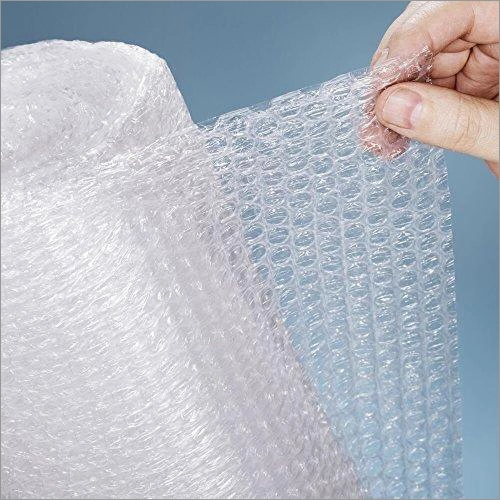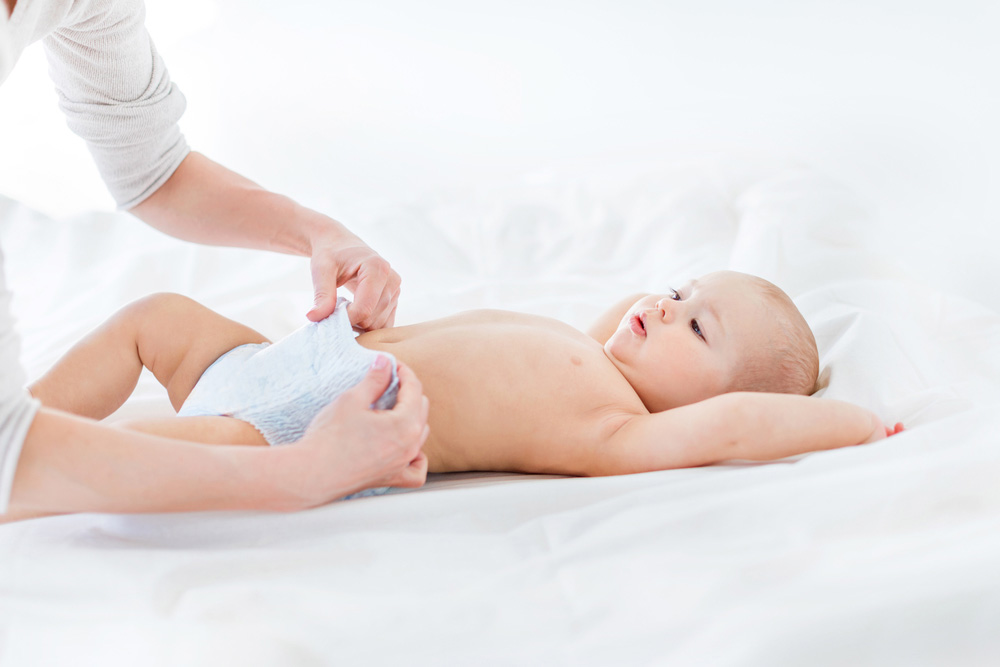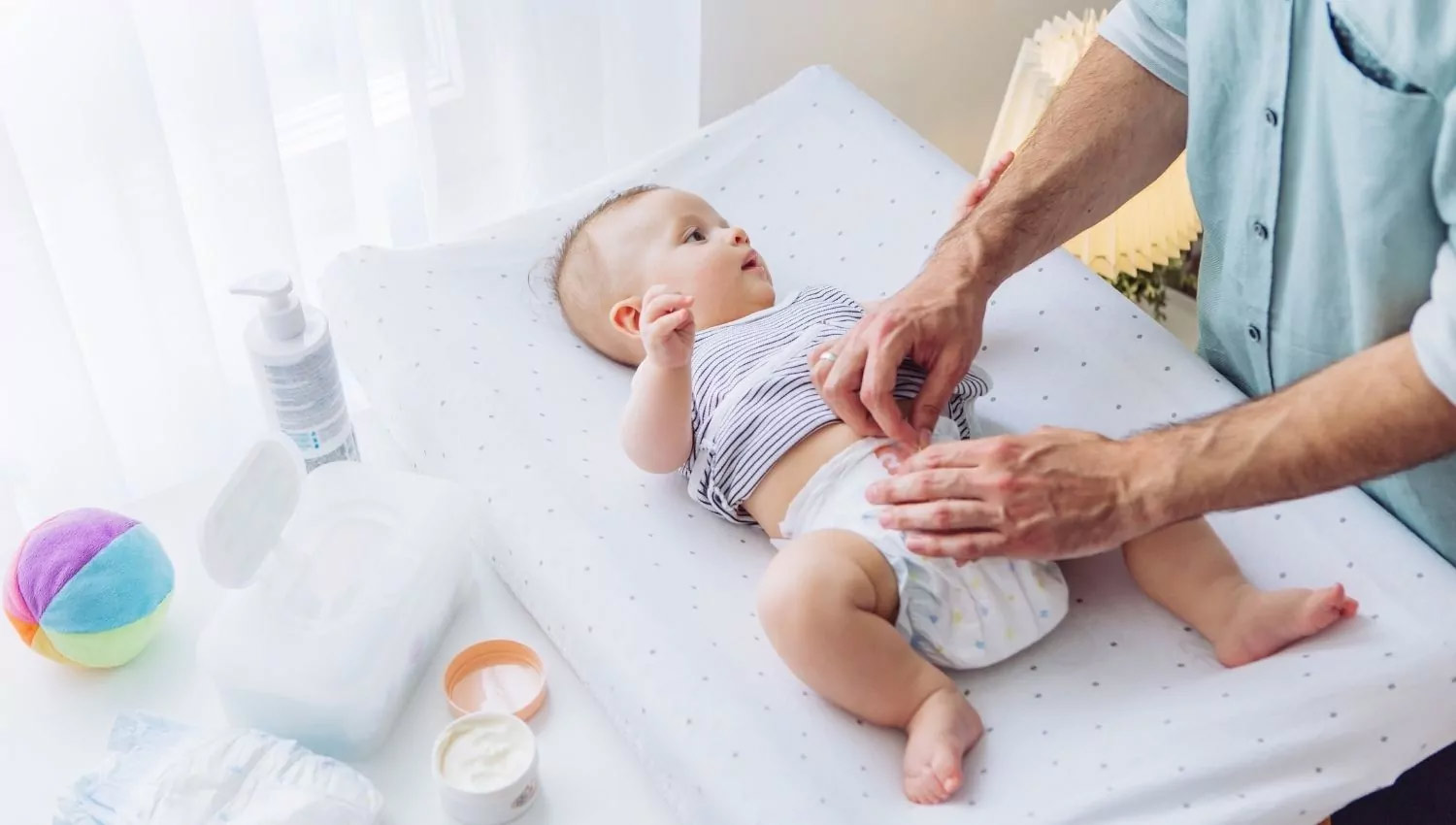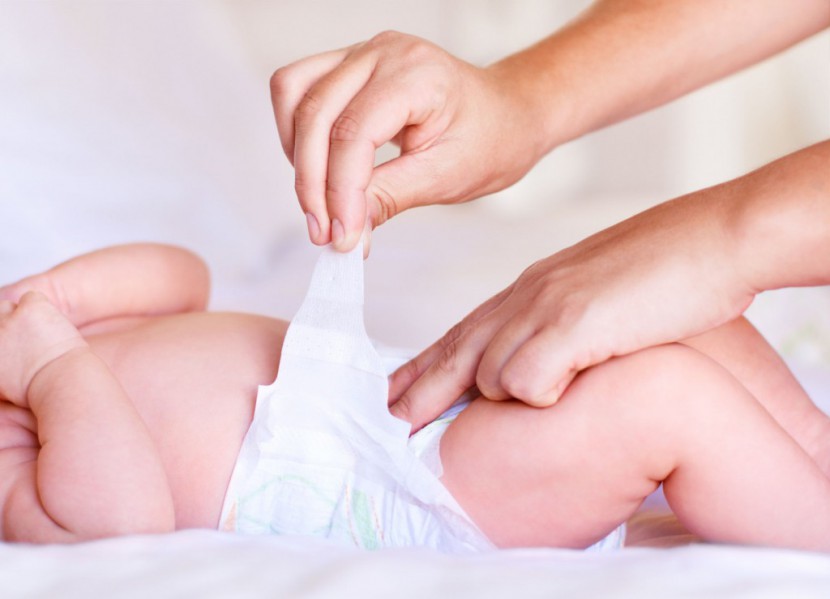Materials used in baby diapers and sanitary napkins
Hydrophilic nonwovens are good water absorbents and at the same time retain their original properties and strength. Such materials have distinct properties and simpler processing methods and are more economical.
Producing spunbond composite and ballon metal requires adding hydrophilic agents to their fibers. This material is made of long, stable fibers that are bonded together by mechanical, chemical or thermal treatment. The hydrophilic property of the composite has made it widely used to produce products such as baby diapers and sanitary napkins.
Characteristics of materials used in sanitary napkins and baby diapers
- Softness: Spunbond composite and Mellat Ballon manufacturers usually use fine fibers to produce soft and comfortable fabrics. These non-woven fabrics are mainly used to produce top sheets, back sheets and sanitary items.
- Lightness: Anahita’s Spun Bond and Mellat Blown Petro Baspar composite has little weight, but in some cases, polypropylene resin is used in the production process of these non-woven fabrics so that the final product is a light fabric for various applications.
- Ability to become hydrophobic: In order to make the composite hydrophobic, hydrophobic materials are added to non-woven fabrics by mechanical, solvent, thermal or chemical processes.
- Having ventilation: Anahita Spun Bond composite and Melat Blown Petro Baspar is a product that allows air to pass through itself. Therefore, it is very suitable for purposes such as the production of baby diapers.
- Environmentally friendly: We at Petro Baspar Anahita are committed to providing products with the least harm to the environment. The chemical structure of polypropylene is such that it makes it easier to break the molecular chain of materials and prevent environmental pollution. Of course, one of the most important features of these composite nonwovens is their ability to be recycled multiple times.

But the last word is that
Composite Spun Bond and Mellat Ballon should be considered as a big development in the field of non-woven textiles. In fact, we should consider non-woven composites as the future of these products. With composites, we can produce very special fabrics to meet various technical and hygienic requirements, some of which cannot be achieved with conventional fabrics.
Nowadays, by making changes in the production process of these products, they are made hydrophilic or hydrophobic so that they are suitable for the production of products such as baby diapers, sanitary napkins, top sheets, back sheets and all kinds of hospital covers. At Petro Bespar Anahita, we have employed these technologies for less damage to the environment and to produce biodegradable and recyclable products.









